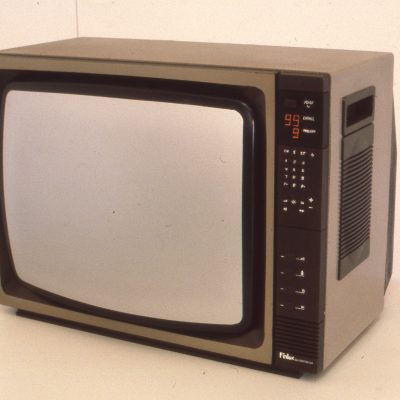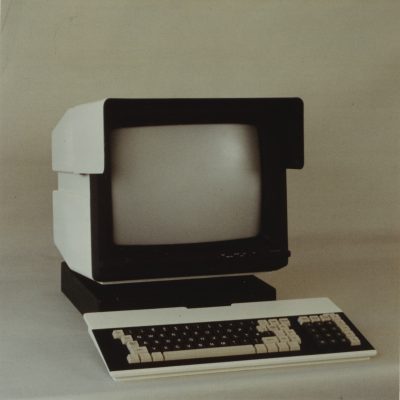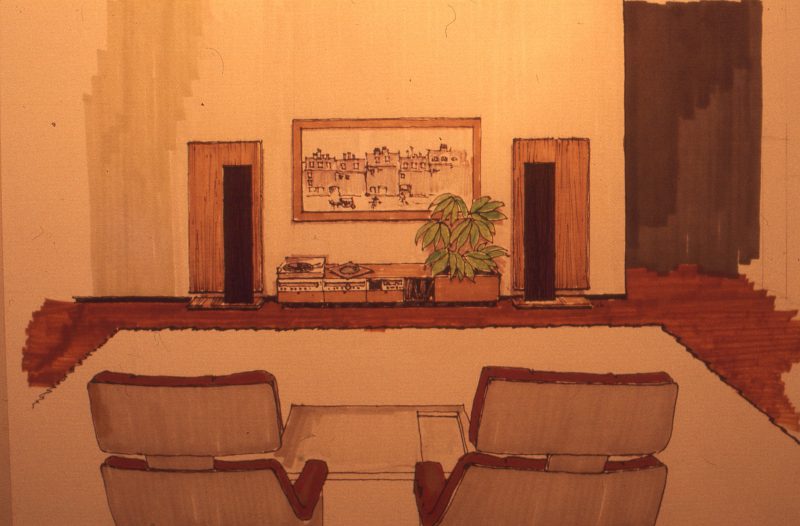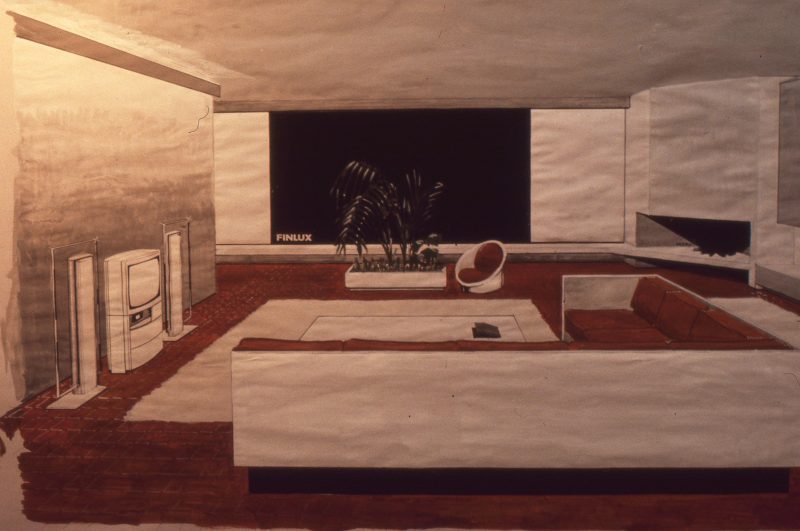TV models that never made it to the production
With the OBC range selling well, the R&D department was able to explore new uses by manufacturing both working and "dumb" models. One of these was CompuTune, or RU, which researched how a full-size control unit could be used and stored on a coffee table, for example, and loaded into a TV to make it look like a conventional control unit. The idea remained at the model level. Another area studied was the so-called monitor look, thin televisions with speakers on the side walls. In this group we were too expensive when "you can get a finished product from the Far East for the price of our parts".
Special Electronics used Finlux production to make television sets into surveillance monitors with anti-glare shields and handles. Hundreds of these more special monitors than "ordinary televisions" were sold to Finland and Germany. There were particularly expensive monitors on the market, so these special products produced better margins than the usual ones. The department was led by Raimo Stenberg.
This monitor did not make it into production.
Numerous foreign TV channels became available along the V satellites. Televisions needed more channels and/or program channels. At the same time, the TV was rapidly changing from a technical piece of furniture to a device with less visible detail and better sound quality. Lowering the manufacturing price was still the main reason, in addition to appearance. Fashion overtook OBC Satellite and the next narrow Finlux collections were designed in Turku.
Sketches of an embedded imaging tube (OBC Satellite)
I joined the company in 1980. Murtoaro, then head of consumer electronics, asked me to predict what television might look like in ten years' time. In 1980, my prediction was: "At least the TV would have proper sound... or the TV could be like a blackboard on the wall." I drew these pictures in 1980 and flat-screen TVs were introduced in the 2000s.





